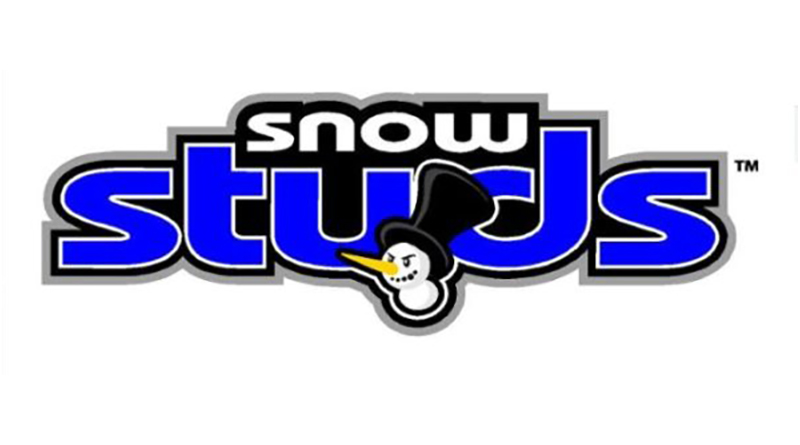
The Skinz Protective Gear company stunningly announced it early March that it was auctioning off its manufacturing equipment and shutting down, ending a nearly 20-year run as one of the most innovative companies in the snowmobile market.
Citing labor force and business challenges, company co-owner and co-founder Jeff Hawksworth told Snow Goer that the company was auctioning off the vast majority of its manufacturing equipment and emptying its shelves. The auction is set for March 10.
“It’s mostly because of a lot of what we’re dealing with in terms of workforce. I don’t think the labor pool can support what we’re trying to do anymore.” said Hawksworth, who had long been dedicated to manufacturing his own parts and accessories in the U.S. and not jobbing-out products. “We’re ready for a rest; we’ve been at it at a pretty hardcore pace for almost 20 years now.”
Founded in Paynesville, Minnesota, in the early 2000s by Jeff and Tammy Hawksworth, Skinz’ early products included personal and machine protective gear plus luggage for both bicyclers and snowmobilers, but it quickly crew beyond its “protective gear” name, particularly in snowmobiling.
The company made everything from mufflers to seats, A-arms to body panels, suspension components to steering parts, running boards to headlight delete kits and much, much more. Especially for mountain riders, a page through a Skinz catalog became the equivalent of kids getting the Sears toy catalog in the 1970s.
Beyond aggressively creating new products for its own line, Skinz also created sub-brands for several top backcountry riding legends like Chris Burandt, Dan Adams and Bret Rasmussen.
Getting this vast array of products designed, developed and manufactured in-house has always been a challenge for Skinz. In fact, the company left Minnesota in 2017 and moved to Glendale, Arizona, in search of a larger labor pool in manufacturing. But the challenges continued, Hawksworth said.
“Snowmobiling is complex, there are lot of brands, there are a ton of models, and people just don’t want to learn it,” Hawksworth said. “People can’t stay in companies long enough to understand the business, understand the models and different lines. You’re just in turnover, turnover, turnover. It’s just this constant process of training in new people and then they’re gone. It seems we’re not in the business of building products anymore, we’re almost a tech school.”
He said the preference of an increasing number of workers to work-from-home in the current era has exacerbated the challenge.
“We had problems in our culture with workforce before COVID came along, and then COVID just made it worse,” Hawksworth said. “Our problem isn’t a sales problem, our problem is labor.”
Later he added, “The expense to be in business has gotten so high: Overhead is too high, shipping is high, raw materials are high,” Hawksworth said. Then, on top of that, supply chain ills have scrambled the ability to deliver products and get payment. “You can have $50,000 worth of bumpers stacked up each waiting for 5 cent nuts…. You don’t have the latitude that you used to have – you can’t have that much stuff sitting around.”

Hawksworth said that he and his wife entertained offers to sell the business, but ultimately decided to sell off the equipment and close. He said the company’s inventory had already been vastly pared down, and vast majority of the company’s manufacturing equipment would be sold off.
“There are a few items we’re holding onto – like some sewing equipment, the drawings and a little bit of the tooling,” Hawksworth said. “There are some items and things that are really unique to us that nobody else can make, so we’re holding on to that until we can figure out what we’re going to do.”
He said the industry may not have seen the last of the Hawksworths, but whatever happens in the future will likely be on a smaller scale, from a manufacturing standpoint.
“We still own the brand. Going forward, we don’t know what we’re going to do,” Hawksworth said. “We have a lot of partnerships in our brand – like the Burandt line, the Dan Adams line, the Rasmussen line. We’ll have to work all of that out moving forward.”






